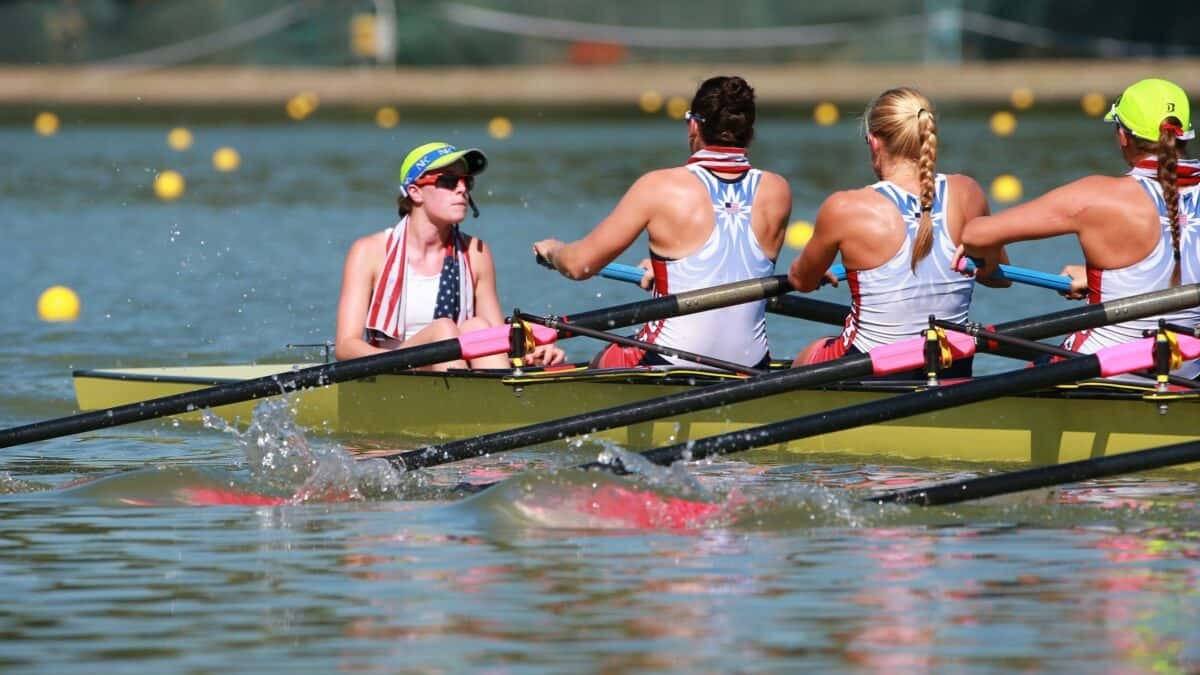
16 Mar 2018
Low back pain care pathway to be designed
There have been two articles published on WorldRowing.com in the last two years, which have stimulated a lot of interest. The response to these articles was followed up by emails from rowers around the world, keen to learn more about an issue that has become important for them.
There is a well-known saying that if you managed to put all the cancer experts together in a room for a day, the quest for a cure would be advanced hugely. With this idea in mind, a group of experts on low back pain in rowing have come together to chart out an evidence-based guideline aimed at improving how athletes, coaches, support teams and practitioners manage and treat one of rowing’s most common injuries.
Clinical guidelines, already widely used in medicine, are becoming increasingly important in the world of sports. These guidelines gather the best information from published research, practical experiences of those who work with injured athletes and, most importantly, athletes with first-hand experience with a particular condition. This information is used to create a list of recommendations for how to deal with each stage of injury, recovery and prevention. This is called a care pathway.
The sport of rowing is already benefitting from this with a recently developed clinical guideline for rib stress injury. Low back pain is an obvious next step and it is the objective of this current collaboration of rowing medical experts.
[PHOTO src=”130779″ size=”mediumLandscape” align=”right”]
The first step was to present a proposed athlete care pathway in September 2017 at the International Sports Science and Sports Medicine Conference (ISSSMC) held in Newcastle. It was well-received by an international audience including physicians, sport scientists, physical therapists and other allied health care providers, as well as members of the International Olympic Committee Sport Medicine Diploma programme.
In February of this year, a group of clinicians and researchers from around the world met at the British Rowing Headquarters to move the process forward. Their work centred on creating a framework so that the guideline and accompanying consensus statement are developed in line with internationally recognised methods within the medical field. A consensus statement is a powerful tool in the scientific community expressing a broadly supported stance on an issue. It is backed by research and the practical experiences of relevant clinicians.
From that session, work packages are now in the hands of specially assigned subgroups, whose job will be to capture the massive quantities of data required to develop the consensus statement and the clinical guideline for Low Back Pain in Rowing.
Each subgroup will present their information back to the group in the form of a systematic review identifying the current problem and what the research is telling us. Of particular significance will be an analysis of where there is agreement and disagreement between the research and clinical practice – essentially between theory and reality.
The primary result will be a practical, evidence-based medical guideline that clinicians can use to deal with low back pain in rowers. A simplified version of the clinical guideline will also be created to ensure that rowers and coaches are armed with correct and useful information as well. Having the information available on what to do and when to do it can have a major impact on treatment, management, and prevention of Low Back Pain in Rowing.
While creating this guideline is a large and complex undertaking, the working group intend to have their information available to the rowing community by the end of 2018. Specifically, the aim is to present this information at the World Rowing Sports Medicine conference in Berlin in November, 2018.
To meet that deadline, surveys for healthcare providers from around the world involved in the care of rowers will be conducted throughout March and April. Surveys will be distributed through each country’s National Rowing Federation.
Expert List
Leads
Fiona Wilson (IRL); Jane Thornton (CAN); Kellie Wilkie (AUS); Anders Vinther (DEN); Craig Newlands (NZL); Alison McGregor (GBR); Conor Gissane (GBR); Clare Ardern (SWE/AUS)
Panel
Larissa Trease (AUS); Jo Hannafin (USA); Tomislav Smoljanovic (CRO); Alex Wolf (GBR); Caroline MacManus (NZL); Ann Redgrave (GBR); Phil Glasgow ((IRL); Sarah-Jane McDonnell (IRL), Ben Clarsen (NOR/AUS).

